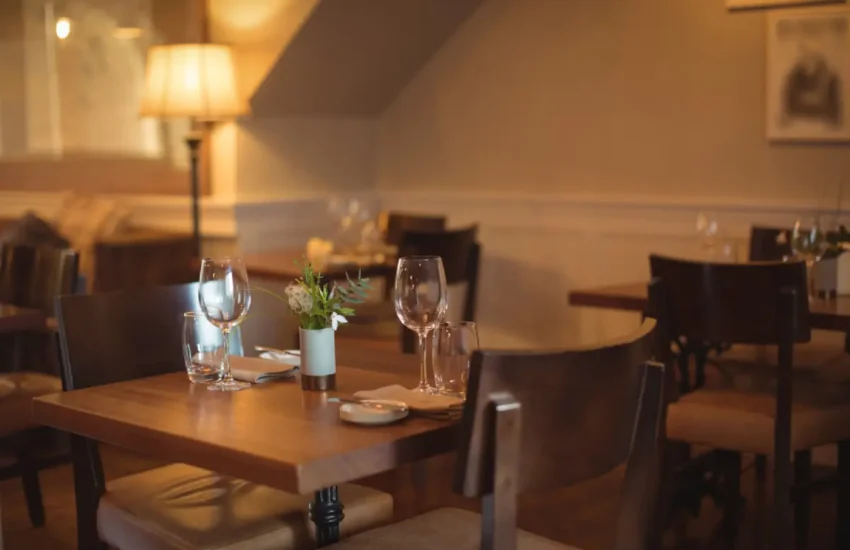How to Design Floor Accents That Actually Match the Room
Most people don’t notice the rug until something feels off. That’s the quiet power it holds. It grounds a space, builds warmth under furniture, and connects pieces that might otherwise feel disconnected. When chosen right, it brings in a visual rhythm that doesn’t just decorate the room but defines it.
However, most folks shop for rugs backward. They walk into a store or scroll online, pick one that looks pretty, and then hope it works. Or worse, they grab something at the last minute because the floor feels bare. That shortcut ends up clashing with everything else they worked hard to put together.
The better approach is to treat the rug as part of the design plan from day one. Think of it like paint for the floor, subtle or bold, loud or quiet, but never just thrown in.

Start With the Room’s Energy
Every room has its own pace. A study may want deep tones and tighter patterns to keep the focus. A living room might need something a little looser, with organic shapes to let conversation breathe. The rug should echo that feeling without overexplaining it.
Look at what the room already gives you. Natural light, ceiling height, and the type of furniture you own all offer clues. Rugs should follow those cues, not fight them.
If you’re working with open space, a floor accent can break things into zones without using dividers. Place it under the seating area to define where lounging happens. Use a different tone or texture for the dining section to give it its own moment without putting up a wall.
Let Texture Set the Tone
Don’t sleep on how the texture changes the way a space feels. Soft piles invite barefoot mornings. Low and tight weaves bring a cleaner look to high-traffic zones. Loop styles give subtle detail under minimalist furniture.
This also ties into what you layer it with. If your couch already has velvet, maybe skip the shag and go for something smoother that lets the fabric take the lead. If the walls and upholstery are quiet, a rug with character gives the room its pulse.
Even with custom rugs, less is usually more. The best ones don’t scream. They hum.
Choose a Color That Listens Before It Speaks
You want a rug that responds to the room, not competes with it. Start with the undertones already in your space. Warm woods? Earthier colors will feel aligned. Cool metals and crisp walls? You might lean toward greys or deeper blues.
Neutrals are safe but can get stale fast if they’re too flat. Look for those with slight variation in fiber, giving you depth without distraction. Or go for a bolder color in a pattern that feels balanced, something that catches the eye, then hands the attention off to the rest of the space.
What to Watch Before You Buy
Here’s where a few small missteps can unravel the entire effect. Keep these checks in mind:
- Measure the space, not just the floor. Account for furniture legs, door swings, and walking paths.
- Always test colors in natural and artificial light. Day and night bring out very different tones.
- Avoid trendy patterns if your room already has a loud wallpaper or bold art. Let one thing lead.
- Know your materials. Hand-tufted looks cozy but can shed. Wool wears well and stays timeless.
- Plan around lifestyle. If you have pets or kids, flat weaves are easier to clean and maintain.
You’ll know the right one when it feels like it’s been there the whole time.
Match Without Being Matchy
Coordinating doesn’t mean everything has to be the same. It just means the rug should sing the same song as the rest of your pieces. If your furniture leans mid-century, try a rug with a low pile and geometric hints. If your setup feels coastal, consider a breezy weave that looks good and slightly rumpled.
Custom rugs give you that control. You can pick the exact size to frame your layout, the exact colors to complement your accents, and the exact shape if you’re working around tricky corners.
A good rug vendor will walk you through the right weave for your space and your traffic levels.
The rug should never be an afterthought. It should feel like the base note in a well-mixed song. Not the loudest part, but the part that makes everything else make sense.


